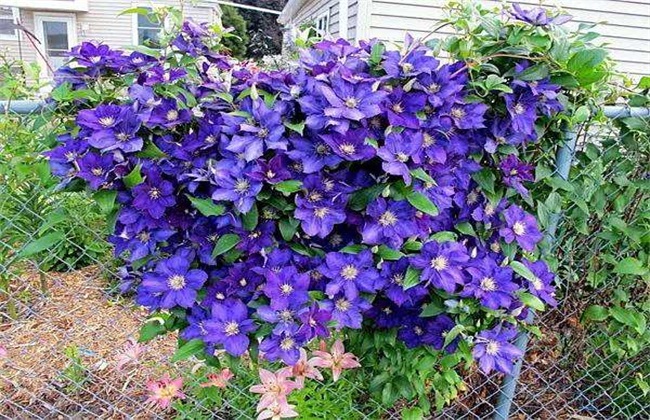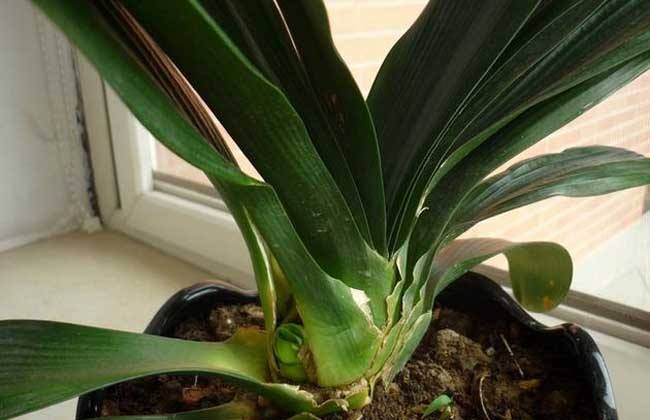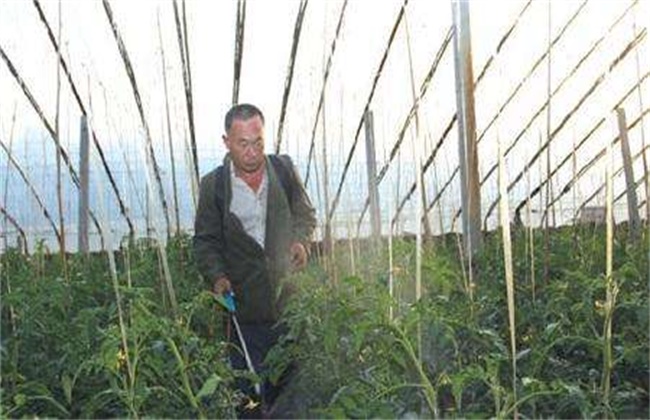Culture methods of Clematis
Clematis, also known as clematis, passionflower, etc., is a kind of evergreen herbaceous vine of Ranunculaceae. It has a large planting area in China, which not only has high ornamental value, but also has various effects such as diuresis, regulating qi and defecation and so on. So how to raise clematis? The following editor brings you the culture method of clematis, let's have a look!

1. Methods of reproduction
Most of the propagation methods of clematis are based on sowing and reproduction. You can sow seeds in spring and autumn. When sowing in spring, first soak the seeds in warm water of about 40 degrees for a day or so. Then it will be fished out and dried to sprout. When most of the seeds are white, they can be sown. If the seeds are sown in autumn, then the seeds do not need to germinate and can be sown directly into the field. The autumn sowing time is usually around November, and seedlings can normally emerge in the spring of the following year. Compared with spring sowing, autumn sowing has faster emergence speed and higher seedling rate.
2. Land preparation and transplanting
We should do a good job of soil preparation before clematis seedlings are transplanted. Transplanting plots should choose places with higher terrain, normal drainage and irrigation and a certain degree of shade. Fine soil preparation, to ensure a flat terrain, and then the soil will be finely broken. Then do the border stem, dig the planting hole, and keep the depth of the planting hole at about 45 cm. The bottom should be paved with an appropriate amount of stone rubble to improve its drainage capacity. Then the clematis seedlings were completely dug out and transplanted with soil. Then to water thoroughly, around the planting hole to make about 15 cm high ridge to facilitate watering, and then the soil should be dry and wet.
3. Water and fertilizer management
Clematis is very sensitive to water, and the soil water content should not be too much or too little. Especially in the summer high temperature, the soil should not be too wet, in clematis growth period, about 3 days watering. After clematis enters the dormant period, keep the soil moist. It should be noted that the soil should not produce stagnant water, otherwise it will seriously affect the growth of clematis. Then from February to March, when clematis sprouted new buds. According to the proportion of 3:1:1, appropriate amount of nitrogen, phosphorus and potassium fertilizer was applied to accelerate the growth rate of clematis. Then apply appropriate amount of phosphate fertilizer at flowering stage to promote flowering. And at ordinary times, an appropriate amount of water-soluble fertilizer can be applied to provide sufficient nutrition for the growth of clematis.
4. Daily maintenance
When maintaining clematis, temperature control is very important. The temperature should not be too high or too low, the temperature should be controlled at about 22 degrees during the day and 16 degrees at night. If the temperature exceeds 35 degrees in summer, it will lead to various adverse phenomena such as yellow leaves and fallen leaves, so we should pay attention to timely cooling. On the contrary, it is necessary to do a good job of heat preservation and cold protection in winter. Then we should pay attention to the light, light on the growth of clematis is also very great, every day to maintain about 6 hours of light time, which is conducive to the growth of clematis.
The above is a brief introduction of clematis culture methods. That's all for today's introduction. This article is for reference only. I hope it can help you all.
Related
- Fuxing push coffee new agricultural production and marketing class: lack of small-scale processing plants
- Jujube rice field leisure farm deep ploughing Yilan for five years to create a space for organic food and play
- Nongyu Farm-A trial of organic papaya for brave women with advanced technology
- Four points for attention in the prevention and control of diseases and insect pests of edible fungi
- How to add nutrient solution to Edible Fungi
- Is there any good way to control edible fungus mites?
- Open Inoculation Technology of Edible Fungi
- Is there any clever way to use fertilizer for edible fungus in winter?
- What agents are used to kill the pathogens of edible fungi in the mushroom shed?
- Rapid drying of Edible Fungi



